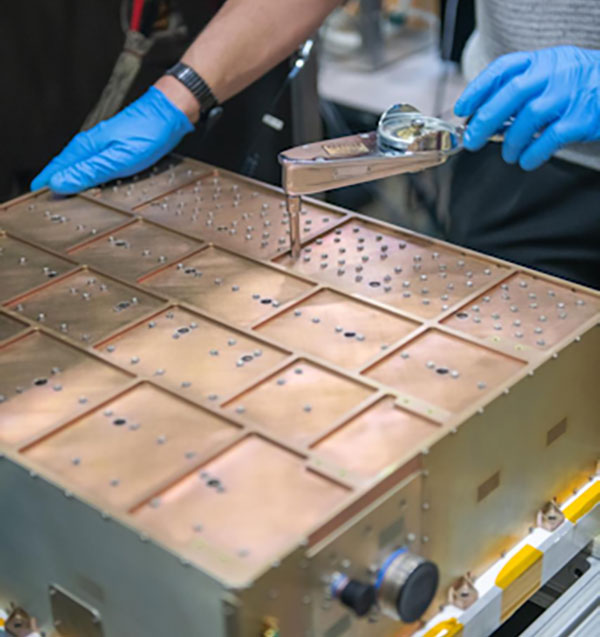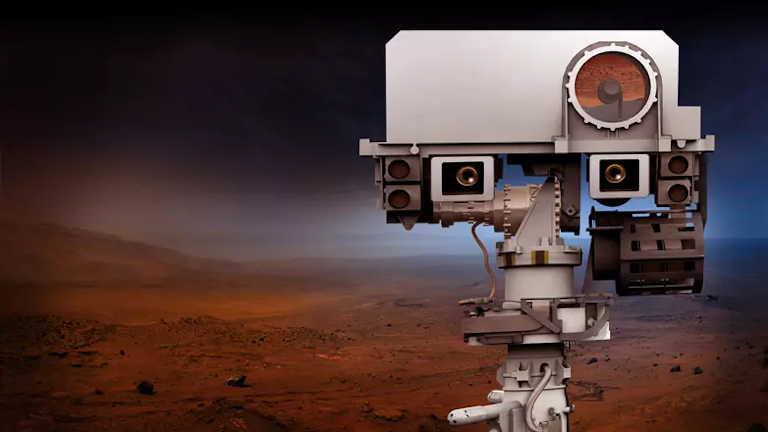News

How the Government Supports Commercial Space
Early in the development of space exploration capabilities, the U.S. government began to rely on private companies for cost-effective solutions to complex engineering challenges. When it comes to these commercial space solutions, the International Trade Administration specifies four areas: launch services, communication and sensing satellites, satellite services, and ground support services. To meet the needs of NASA, the DoD, and various other government agencies and entities, the U.S. government has continued to expand the role of private companies in advancing the use of space-based platforms and solutions.

NASA’s advanced thruster system is being developed commercially. Credit: NASA-Glenn Research Center
When it comes to considering the role of private companies in space exploration and engineering, most people will think about launch services and satellites. However, as governments around the world are seeking to reduce the number of inoperational spacecraft in Earth orbit, the application of robotic platforms to service and repair existing satellites is moving ever closer to becoming a reality. In fact, NASA has two missions planned before 2025 to demonstrate on-orbit servicing, assembly, and maintenance (OSAM).
The technologies being developed for these OSAM missions are the work of commercial companies, like Motiv Space Systems, which is providing advanced robotic systems for OSAM-2. These technology demonstrations will showcase Motiv’s advanced space-capable robotics solutions on missions planned and funded by NASA.
However, the demonstration of engineering technology onboard a NASA-sponsored mission is not the end of the story. Although the robotic capabilities developed by Motiv and the space hardware developed by other companies are initially being used for government demonstration purposes, their applicability to other space-based platforms that are not government-operated remains. This dynamic between the U.S. government sponsoring the commercial development of technology for its space exploration ambitions and those same technologies being subsequently used for non-government purposes has been one of the biggest advantages of government support of commercial space.
Motiv has played an integral role in several other NASA missions, most notably the Mars 2020 rover. The robotic arm onboard Perseverance was developed by Motiv, as was the mechanical system that enables the Mastcam-Z to zoom and focus, providing the sharpest images returned from Mars. Although Motiv has worked to develop these and other systems for space-based applications, it is through the support of the government that these designs have gone from a laboratory on Earth to Mars.

Mastcam-Z’s zoom and focus was made possible by Motiv Space Systems.
The U.S. government has relied on companies like Motiv Space Systems to meet the engineering design challenges that are intrinsic to space exploration. With the expansion of commercial programs following the retirement of the Space Shuttle Program, NASA and other government agencies have demonstrated the effectiveness of these partnerships to not only the government but to future development of private space-based activities.
As the U.S. and the world looks to return to the Moon with the Artemis Program, Motiv is keen to continue playing a leading role in the development of the technologies that will ensure mission success and advances in mankind’s desire to explore the cosmos. With future support from the government, commercial space advances will play a key role in not only government-sponsored missions, but in providing access to space for other organizations.